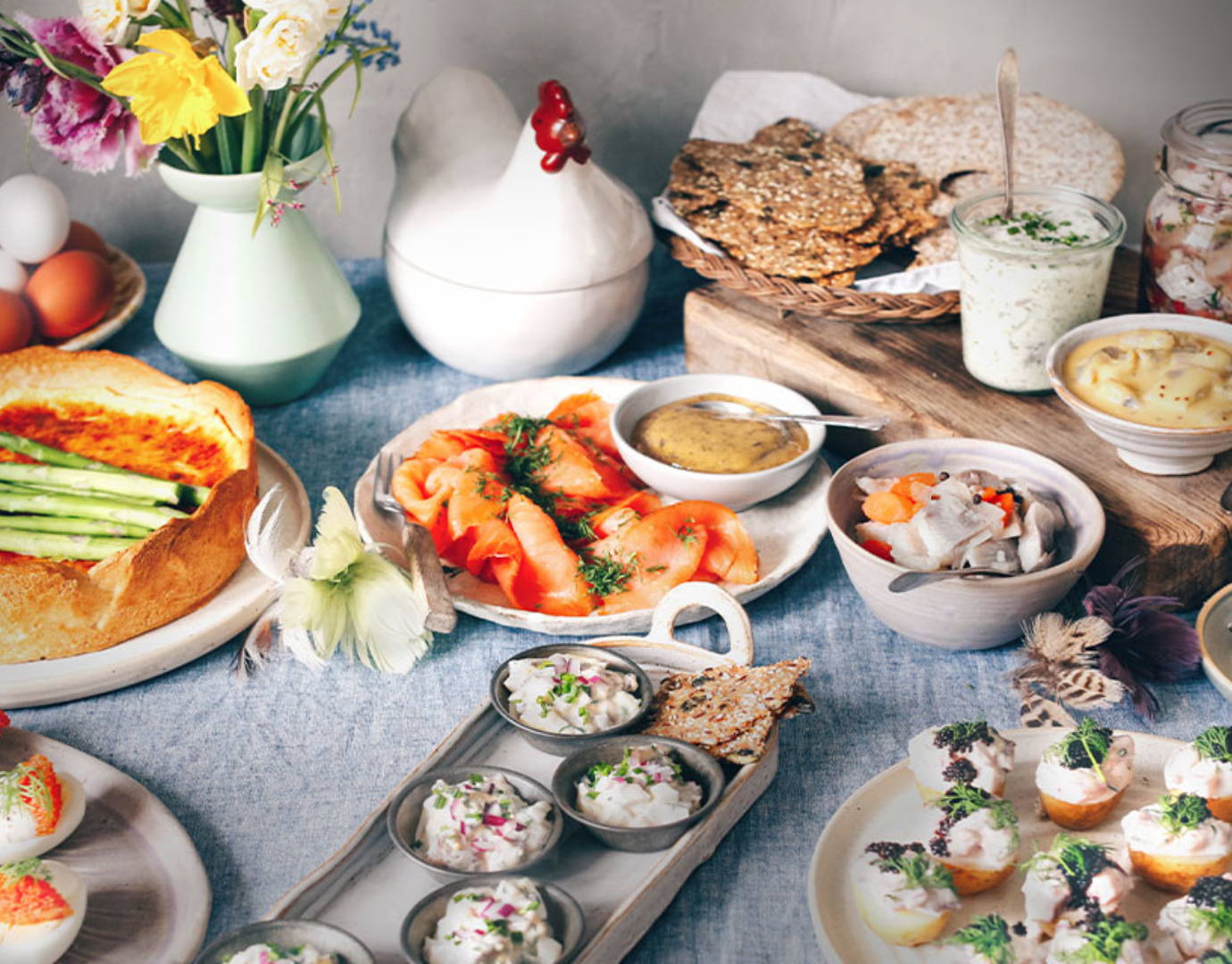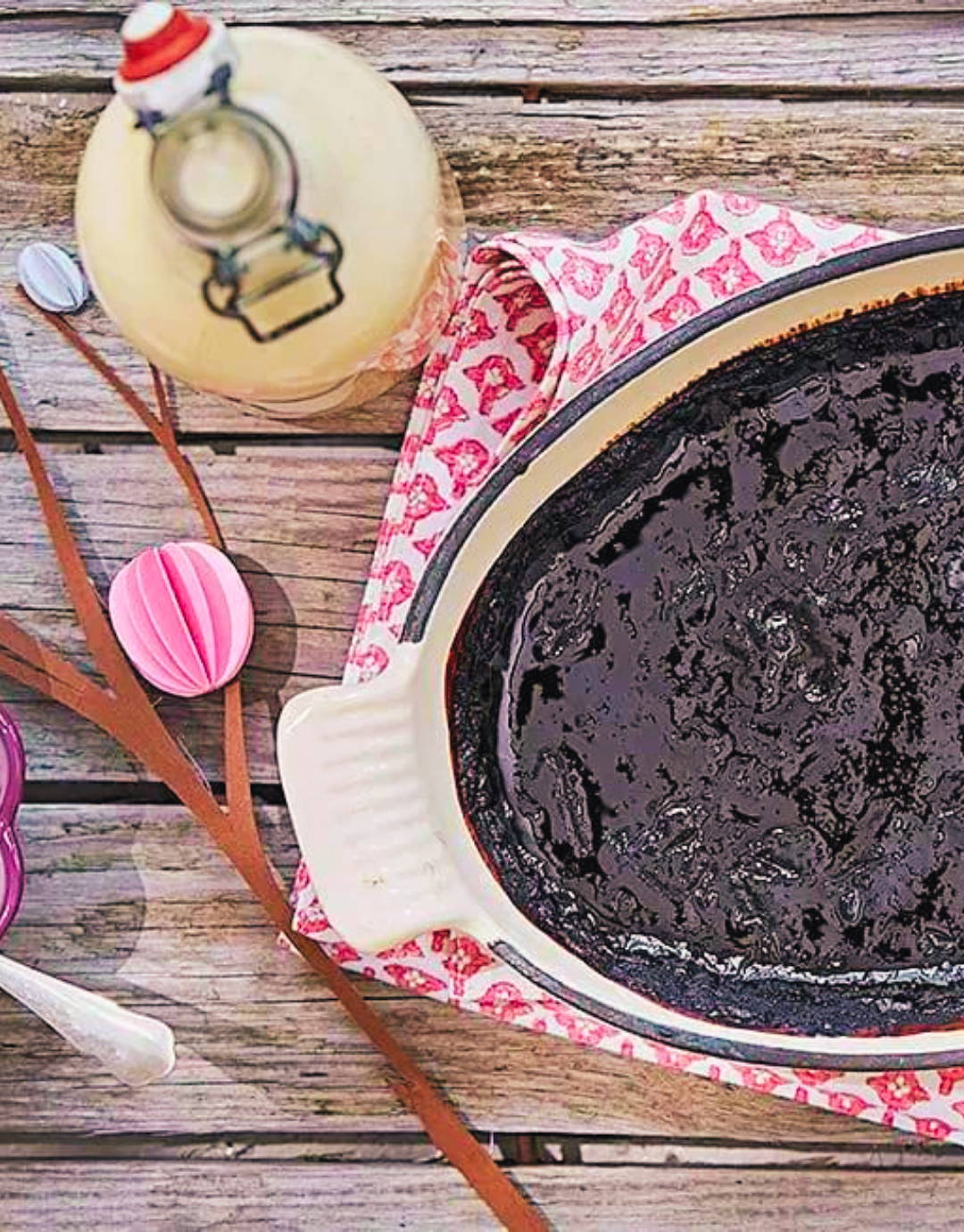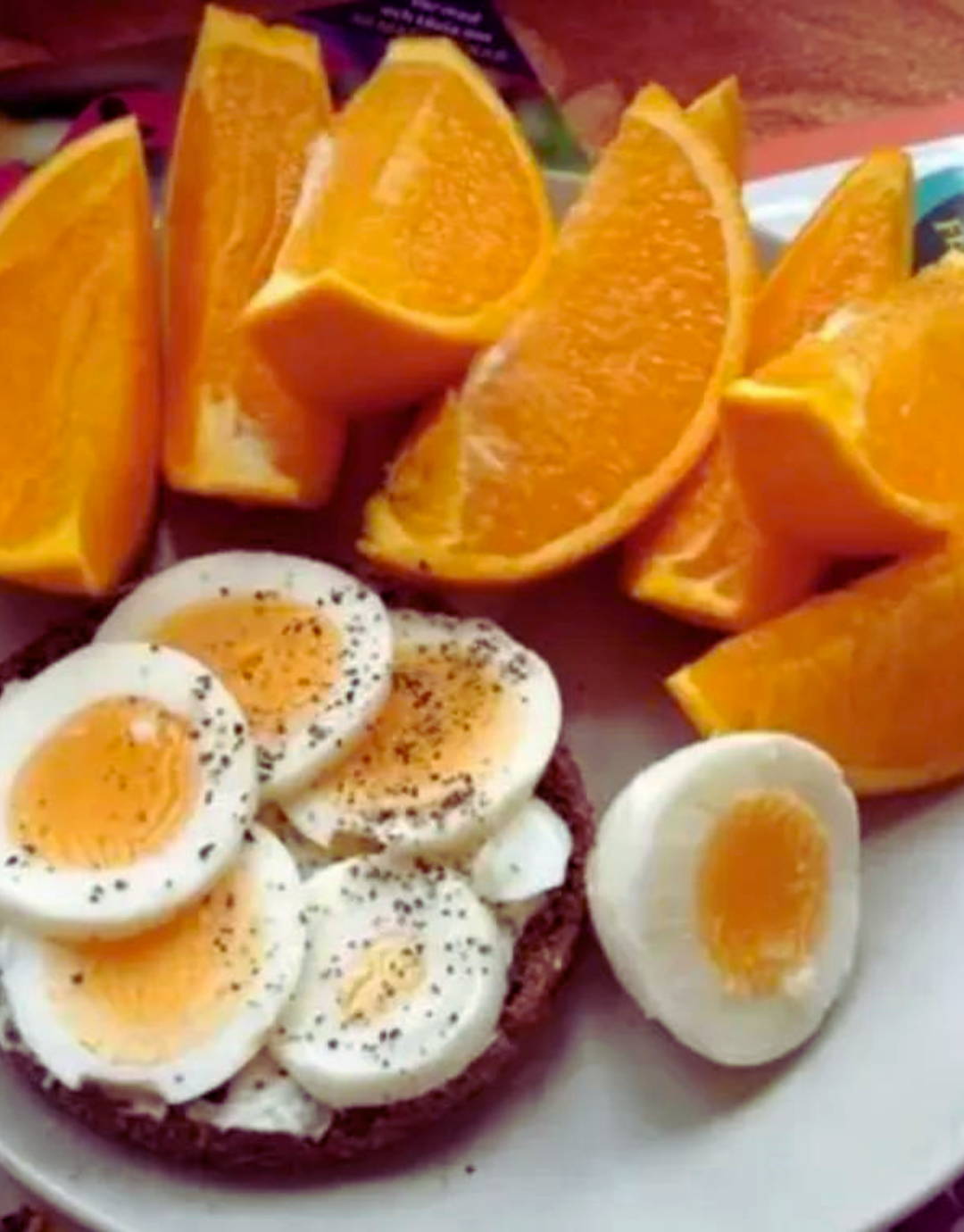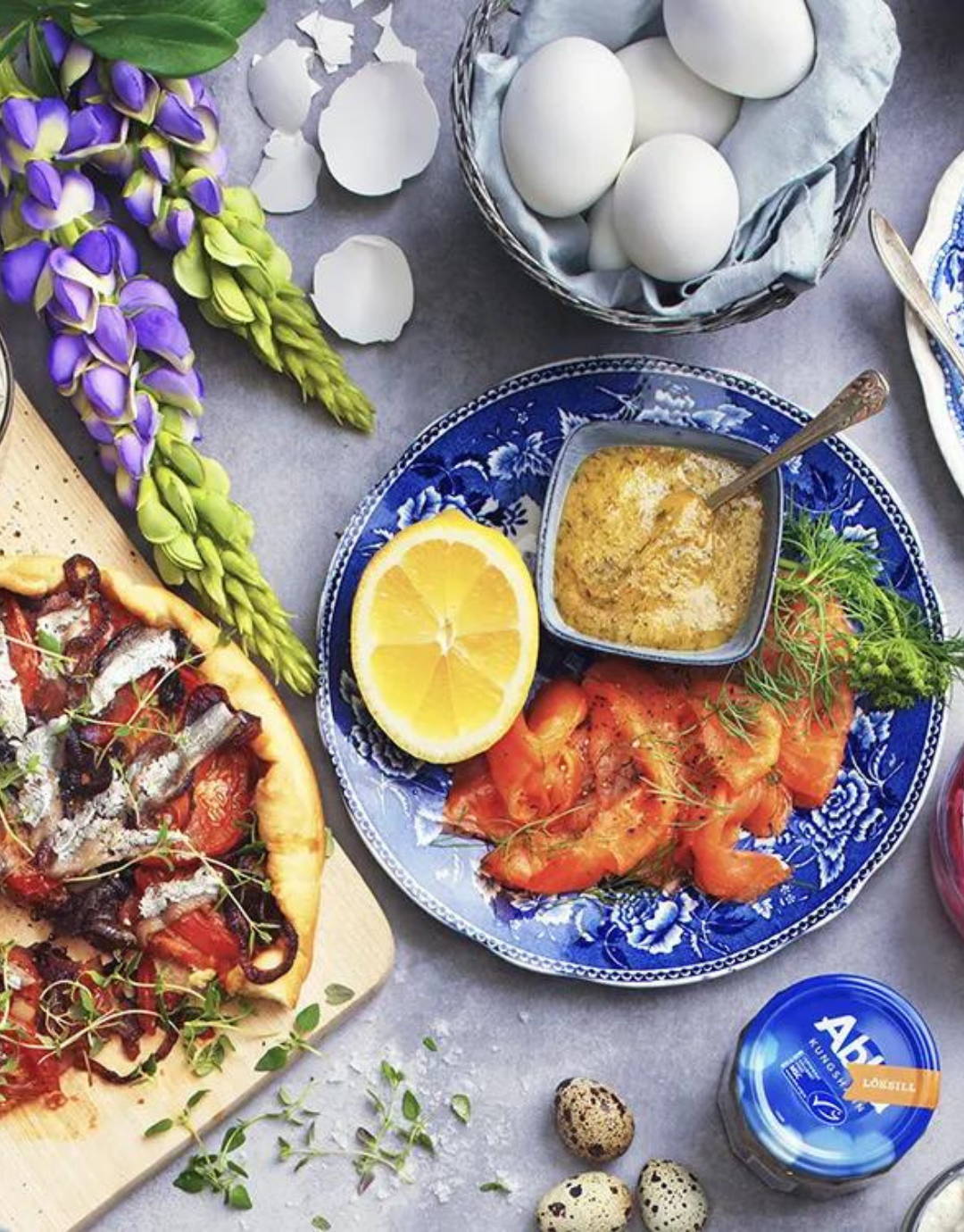
Easter in Scandinavia is like in many other countries, a big celebration that includes the death and resurrection of Jesus but in Scandinavia there is also the Easter bunny, children dressed up as witches, schnapps, chocolates and candy. The most important part, however and the very centre of Easter in Scandinavia, is definitely the food.
There isn’t a single homogeneous Easter tradition that covers all of Sweden, Denmark, Norway and Finland but rather each country has its own way of doing things and what to eat.
In Norway the focus is mainly on two food items: lambs and….oranges.
It’s a tradition in Norway to eat dried, smoked and salted lamb thighs. With this, scrambled eggs, potato salad and lefser are eaten, which is a type of bread made from potatoes and flour. It is often served as a roll together with, for example, jam, cheese, sugar or cinnamon.
Lamb is now the most important main course on the Easter table in Finland as well, usually with peppermint jelly. A traditional Finnish Easter menu normally also consists of egg cheese, blood sausage, soft drinks and memma, of course. Memma is the characteristically brown, sticky Easter pudding made from rye flour, rye malt and syrup and is very popular in Finland.

It's usually eaten with sugar and cream. Eggs are very popular as well of course and are traditionally the symbol of new life. Easter food and Easter in general have a lot of symbolic meanings and beliefs in Finland. For example, if the blood sausages burst in the oven during cooking, it means that a marriage or a business relationship might break.
So what's the deal with the the oranges in Norway? Norwegians eat more than three times as many oranges during Easter as they do during the rest of the year. 20 million oranges in just one weekend to be precise. Keep in mind that Norway is a country with only 5 million people. That’s a lot of oranges. Some believe the tradition of eating oranges during Easter in Norway began because of merchant ships returning to Norway during Easter time with the year's first harvest from southern Europe. Also, as oranges are high in vitamin C, they are quite appreciated after the long, dark winter. In Denmark and Sweden, the orange, although a popular fruit, is not a symbol of Easter the way it is in Norway. Here the focus is instead on the traditional Easter smörgåsbord with herring, salmon, lamb, eggs and marzipan being the biggest stars. And of course with an occasional shot of aquavit.

The Swedes eat their smörgåsbord as a buffet with many small dishes. Typical dishes include köttbullar (meatballs), several types of pickled herring, different types of salmon, lamb or chicken, eggs halves garnished with fish roe or prawns, new potatoes with dill, crisp bread and cheese such as Västerbottenost.
In Denmark, celebrating without a big table filled with delicacies, beer and snaps is not a proper celebration for Danes regardless the time of the year. For the Sunday Easter lunch, locals prepare lamb, boiled eggs, herring and other kinds of fish such as salmon. It is quite similar to the Swedish feast but of course the Danes also tend to do what they do best- put their food on bread. It is a law of nature that you cannot get Danes to eat a buffet without turning it into a veritable smørrebrød-feast, where every dish is eaten with a specific type of bread and specific trimmings. But don't forget, it is important to understand that white bread is for salmon and shrimp and dark rye bread for herring and anything with meat. As always, Scandinavians do things in a very similar, yet very different way. One thing however is for certain- Easter in Scandinavia is very much about the food. Make sure to stop by our Easter collection to get all your favourite products in time for the holiday.

